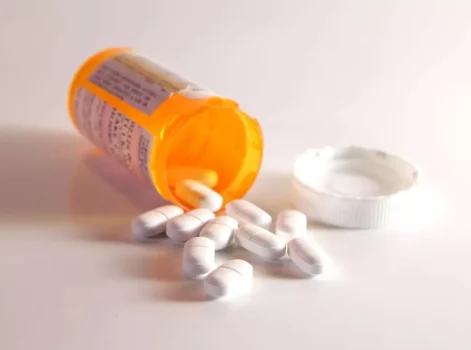
Abuse and dependence are defined on a scale that measures the time and degree of substance use. As substance abuse becomes more frequent, the likelihood of developing a dependence disorder becomes greater. The difference between addiction and dependence can be difficult to understand. Some organizations have different definitions, use the words interchangeably or even abandon both terms altogether. (Substance use disorder, or SUD, is a preferred term in the scientific community.) Because of this lack of consistency, some ground rules can help differentiate between the two terms. Dependence and abuse are defined in a way that measures the time and severity of substance use.
- Someone who’s dependent on a substance may or may not be addicted to it, but someone who’s addicted to a drug has always become dependent on it.
- Addiction is a physiological or psychological need for a habit-forming substance, behavior, or activity.
- Some organizations have different definitions, use the words interchangeably or even abandon both terms altogether.
- The National Institute on Drug Abuse notes that tolerance occurs in a drug or alcohol user when the user needs more of the drug or alcohol to get the same effect that occurred during the initial periods of intake.
- For example, we have long been told that people need to hit “rock bottom” before they’ll get help, but this isn’t true.
Dependence vs. Addiction: How to Tell the Difference
The DSM is the leading source for diagnosing and understanding addiction. However, the most recent edition of the DSM no longer creates this distinction. Mental dependence is when use of a substance is a conditioned response to an event or feeling. These are known as “triggers.” Something as simple as the act of driving can trigger a desire to use. These triggers set off biochemical changes in a person’s brain that strongly influence addictive behavior. If so, it’s important for you to treat it with the seriousness it requires and get help before it’s too late.
Statistical Overview of Substance Use Disorder
One of the brain areas still maturing during adolescence is the prefrontal cortex—the part of the brain that allows people to assess situations, make sound decisions, and keep emotions and desires under control. The fact addiction vs dependence that this critical part of a teen’s brain is still a work in progress puts them at increased risk for trying drugs or continuing to take them. Introducing drugs during this period of development may cause brain changes that have profound and long-lasting consequences. Brain imaging studies of people with addiction show physical changes in areas of the brain that are critical to judgment, decision-making, learning and memory, and behavior control.12 These changes help explain the compulsive nature of addiction. The extent of the impact of substance abuse on U.S. society calls for a review of federal intervention efforts, whether at the level of supply reduction, treatment, or prevention. The purpose of this paper, however, is not to analyze the federal response to substance abuse, but to provide background information for those interested in understanding the scope of the problem.

Substance Use Disorders vs. Substance Abuse and Dependence: DSM-5 changes

We may be paid a fee for marketing or advertising by organizations that can assist with treating people with substance use disorders. While tolerance is observable during active drug use, withdrawal symptoms become evident in the hours or days following cessation. By slowly reducing the dose, patients can minimize withdrawal symptoms and ease the transition off the medication.
General Health
You consent to receive SMS notifications and promotions from Addictionresource. Hosted by therapist Amy Morin, LCSW, this episode of The Verywell Mind Podcast shares strategies for coping with alcohol cravings and other addictions, featuring addiction specialist John Umhau, MD. TracyOrleans, JoanHollendonner, MarilynAguirre-Molina, and MarjorieGutman, “Behavioral Determinants of Health” (report prepared by Robert Wood Johnson Foundation staff, Princeton, N.J., April1996). Reporting on those at the other end of the human spectrum, a study published in the March 13, 1996, issue of JAMA projected a 50 percent increase in the number of elderly alcoholics by the year 2000. The study blamed the rise on the large number of people who would begin turning 65 at the end of the century. You may wonder whether these folks had an addiction or a dependency on their drug of choice.
- One study showed that a child of a parent with a drug or alcohol addiction is eight times more likely to develop an addiction as well.
- The medical community has typically thought of addiction as abuse of a substance that continues even when there are detrimental consequences, such as losing a job or developing physical issues like kidney damage or ulcers.
- The DSM-IV defines dependence and abuse as two completely different disorders.
- The pain-killing effects of the drug bring about higher tolerance levels.
- As it worsens and becomes more frequent, the odds of developing a substance use disorder increase dramatically.
- Reach out to our staff at The Recovery Village to learn more about how we treat substance issues, chemical dependency, and behavioral addiction.
